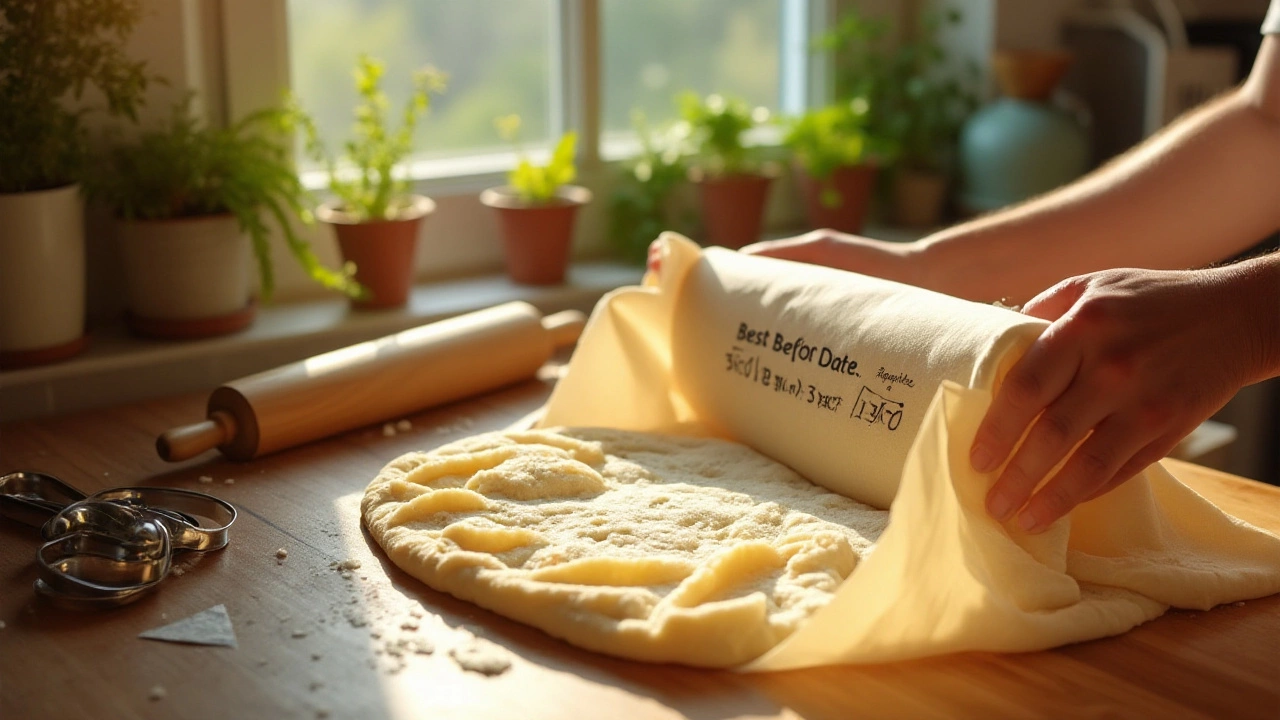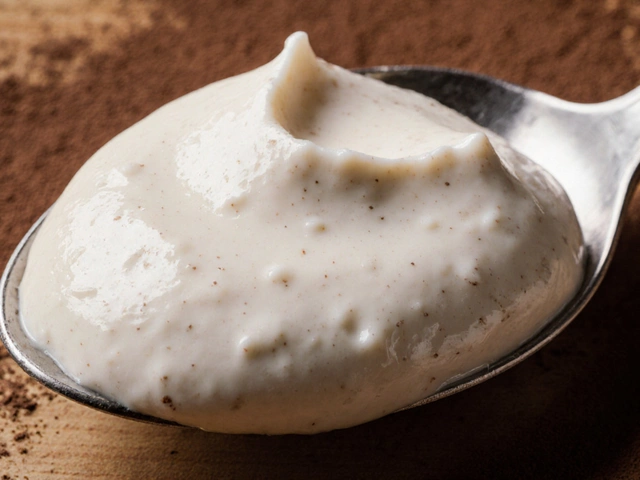Keep Dough Fresh: Simple Tips to Store Bread and Pastry Dough
Ever baked a batch of dough only to see it dry out or go bad before you could use it? It happens a lot, but fixing it is easier than you think. Below are plain‑spoken tricks you can start using today to keep dough fresh, whether you plan to bake tomorrow or next week.
Wrap It Right, Store It Right
The biggest mistake is leaving dough exposed to air. Air makes dough dry and forms a skin that stops the yeast from working. First, shape the dough into a ball, then lightly oil the surface. A thin coat of oil creates a barrier so the dough stays moist. After oiling, place the dough in a large zip‑top bag or airtight container. Push out as much air as possible before sealing.
If you don’t have a bag, a clean kitchen towel works too—just make sure it’s damp, not wet. The towel should be snug enough to keep the dough from moving but not so tight that it squeezes out the gases.
Cold Storage: When to Refrigerate vs. Freeze
Refrigerating dough slows down yeast activity, giving you more time to bake. For most yeasted breads, a 12‑hour chill in the fridge is perfect. Put the wrapped dough on the middle shelf and let it rest overnight. When you’re ready, take it out, let it warm to room temperature, then shape and bake.
Freezing is the go‑to for long‑term storage. After the dough is wrapped and sealed, flatten it into a disc about 1‑inch thick. This shape freezes faster and thaws more evenly. Label the bag with the date and type of dough. Frozen dough can sit for up to three months. When you need it, move it to the fridge for 8‑12 hours, then bring it to room temperature before the final rise.
Quick tip: If you’re freezing a high‑hydration dough (like focaccia), add a sprinkle of flour on top before wrapping. It prevents sticking when you later unfold it.
What about dough that’s already risen? You can still refrigerate it, but make sure it’s in a container that allows a bit of room for expansion. The dough will keep for another 24‑48 hours. After that, the flavor may change, but it’s still safe to bake.
Room‑temperature storage works only for short periods—generally 2‑4 hours. Keep the dough in a warm, draft‑free spot, covered with a damp towel. This method is handy when you’re doing a quick proof before the oven.
Remember the “no‑sharp‑edges” rule: Anything that can pierce the bag will let air in, so avoid metal tins or knives that touch the wrap.
Finally, keep a small notebook of the dough’s hydration level and any additives you used. That way, when you pull a frozen batch, you know exactly how much extra water or flour to add during the final mix.
With these straightforward steps—oil the surface, seal tightly, choose the right cold method—you’ll stop wasting dough and get consistently better results. Next time you see a half‑finished batch, you’ll know exactly how to keep it fresh for later baking.






